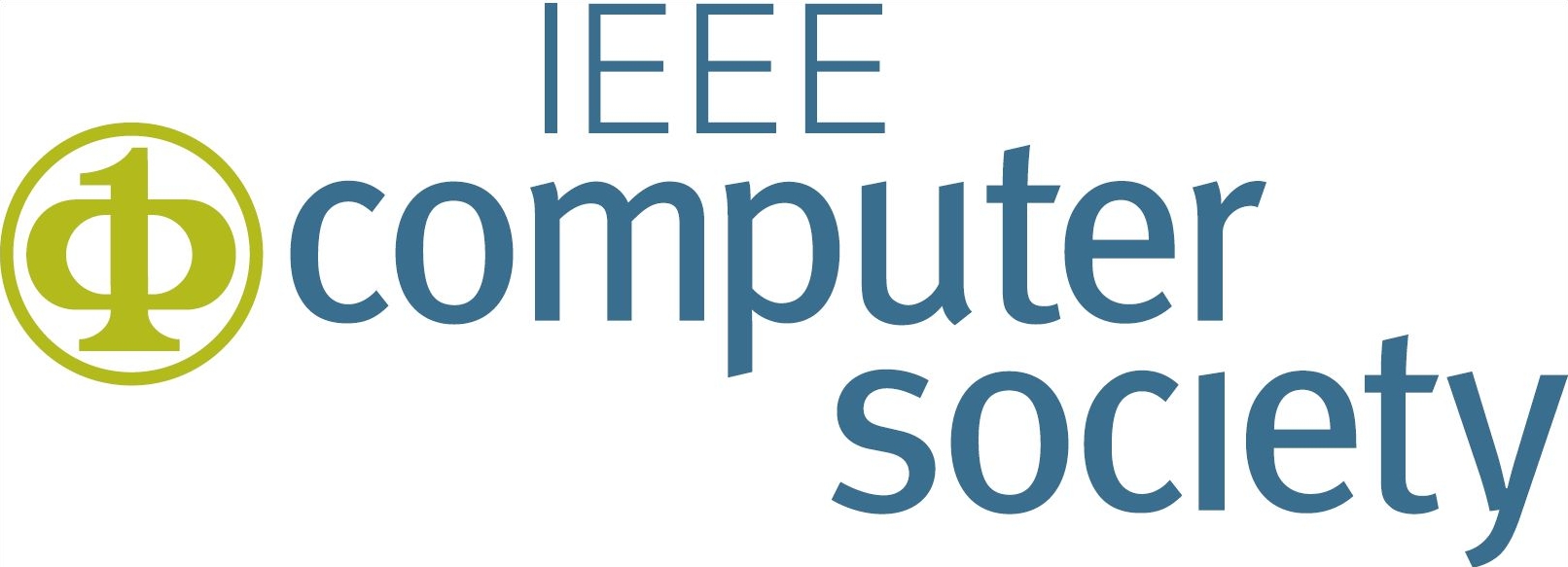





Restoring the Awareness in the Occluded Visual Field for Optical See-Through Head-Mounted Displays
Long Qian, Alexander Plopski, Nassir Navab, and Peter Kazanzides.
Restoring the awareness in the occluded visual field for optical see-through head-mounted displays.
IEEE Transactions on Visualization and Computer Graphics (To appear), 2018.
[BibTeX▼]
Abstract
Recent technical advancements support the application of Optical See-Through Head-Mounted Displays (OST-HMDs) in critical situations like navigation and manufacturing. However, while the form-factor of an OST-HMD occupies less of the user's visual field than in the past, it can still result in critical oversights, e.g., missing a pedestrian while driving a car. In this paper, we design and compare two methods to compensate for the loss of awareness due to the occlusion caused by OST-HMDs. Instead of presenting the occluded content to the user, we detect motion that is not visible to the user and highlight its direction either on the edge of the HMD screen, or by activating LEDs placed in the user's peripheral vision. The methods involve an offline stage, where the occluded visual field and location of each indicator and its associated occluded region of interest (OROI) are determined, and an online stage, where an enhanced optical flow algorithm tracks the motion in the occluded visual field. We have implemented both methods on a Microsoft HoloLens and an ODG R-9. Our prototype systems achieved success rates of 100\\% in an objective evaluation, and 98.90\\% in a pilot user study. Our methods are able to compensate for the loss of safety-critical information in the occluded visual field for state-of-the-art OST-HMDs and can be extended for their future generations.

















